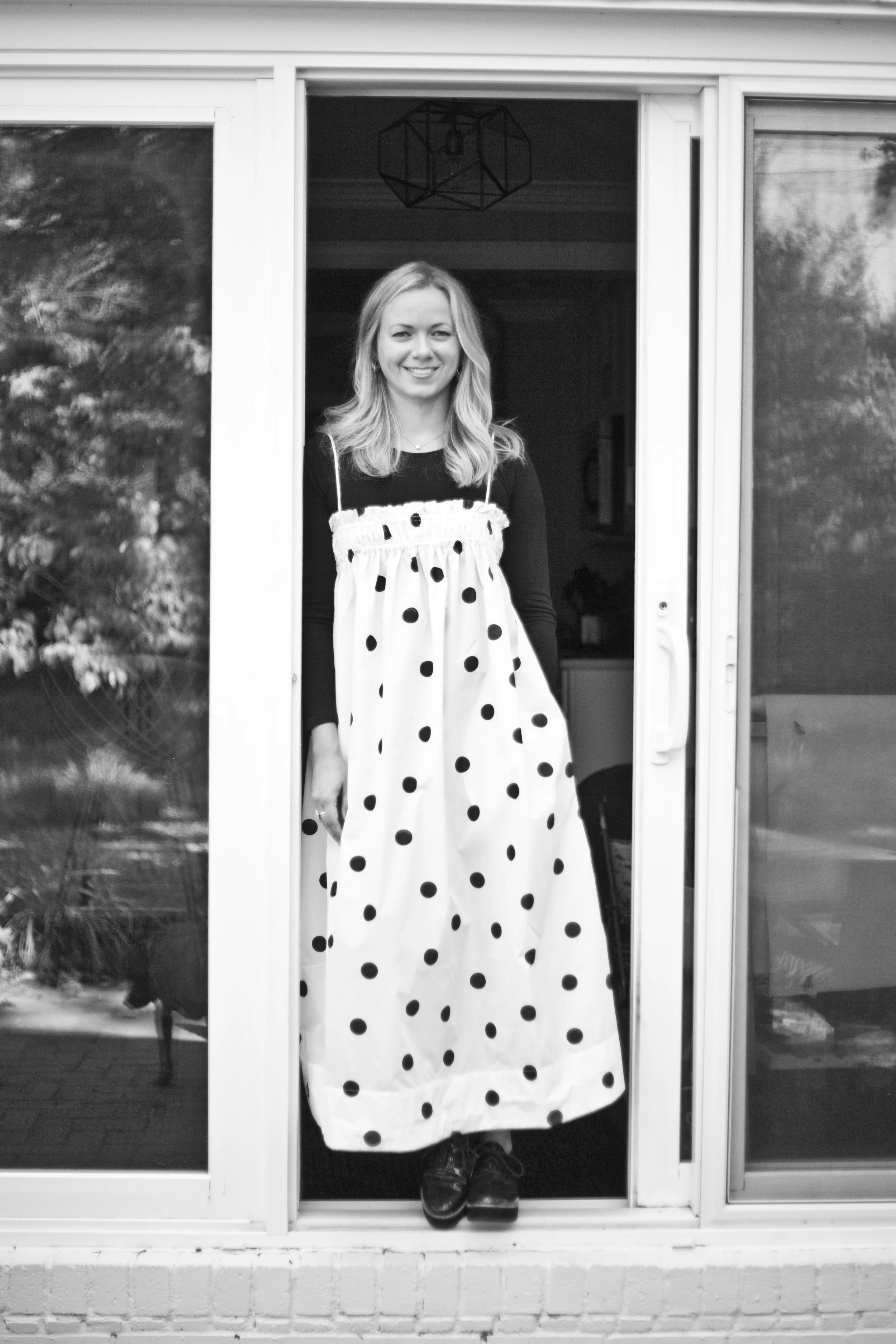Our Story
How do you reconcile the desire to make and sell your own designs, with the fact that the clothing industry is one of the largest contributors to climate change?
As a technical designer and pattern maker, I gravitate towards 3D technology. I quickly saw the benefit it presented brands to reduce waste and speed time to market, but I also saw an opportunity for smaller brands and entrepreneurs. The barrier of entry to launch a clothing brand is so high today. The supply chains are incredibly complex and the inventory based model adds significant up front costs that many entrepreneurs cannot afford.
So, while I wanted to make clothing, I also sought to prove that by using the right technologies, one could launch a small batch production line in the most sustainable way possible.
I began with the fabric. All the fabrications used in my clothing are deadstock, meaning it was purchased and created for a brand and ended up not being used. Because it is deadstock, smaller quantities can be ordered, allowing me to produce any quantity of garments I choose. It was important to me that all fabrications be natural fibers, so that if their lifespan does end one day, they can naturally decompose.
I designed the product using a combination of hand sketching, 3D, and 2D pattern making software. The patterns were graded (scaled to different sizes) and sent to cut.
The entire collection was made in a small factory in New York City’s Garment District and will be shipping directly from me. These garments are built to last. I love designing season-less and transitional styles that can be layered, or worn separately.
The product was all made in extremely limited quantities. Once the product sells out, it’s gone. Over time you may see similar styles pop up, but the combination of style and fabric will never be duplicated.
I hope you enjoy the product, wear it often, wear it confidently and pass it along when you’re done, so these pieces can have as long a life as possible.
Leigh LaVange

